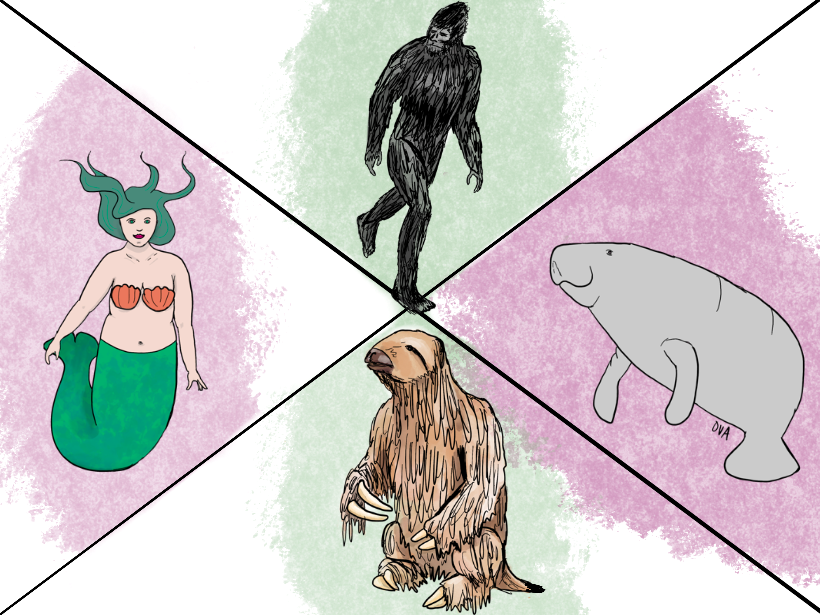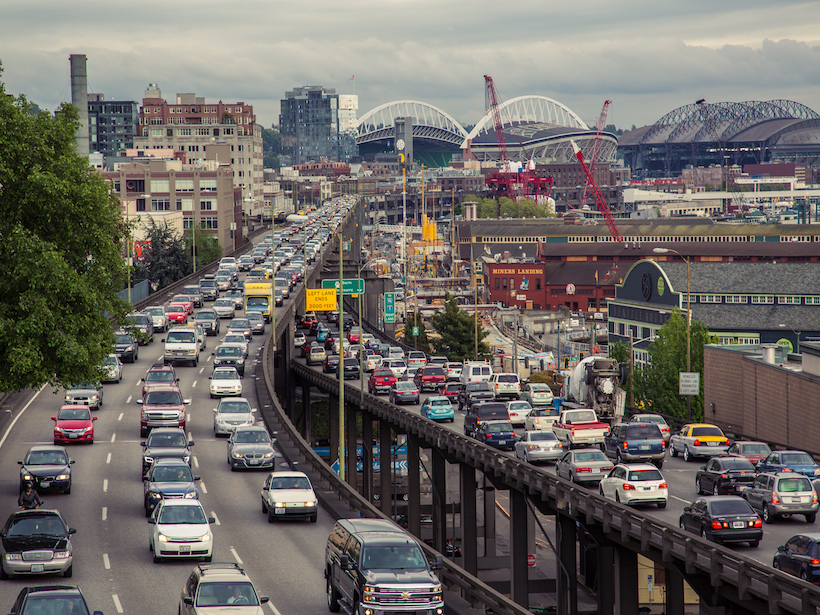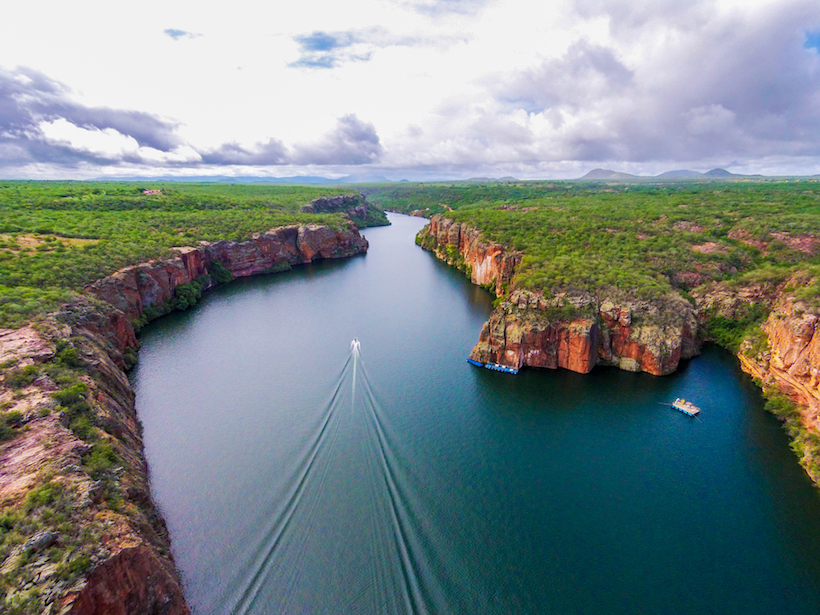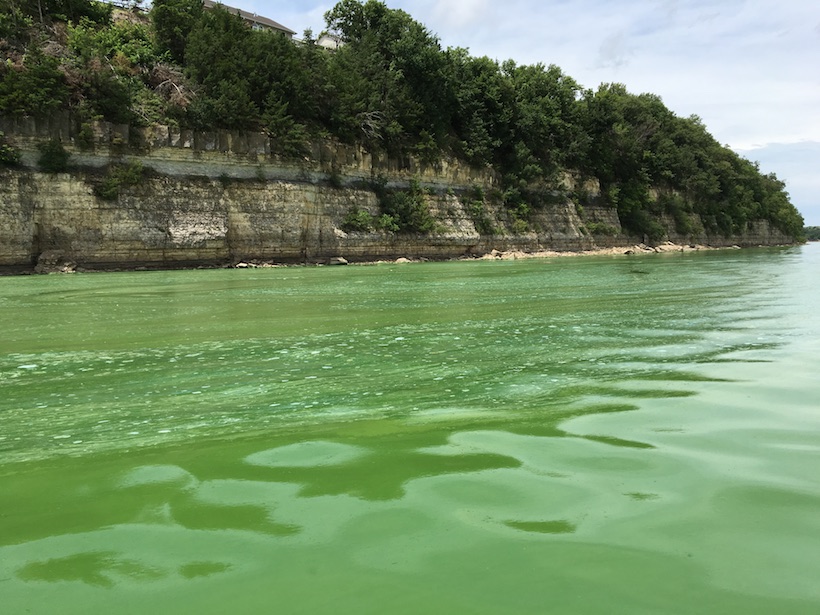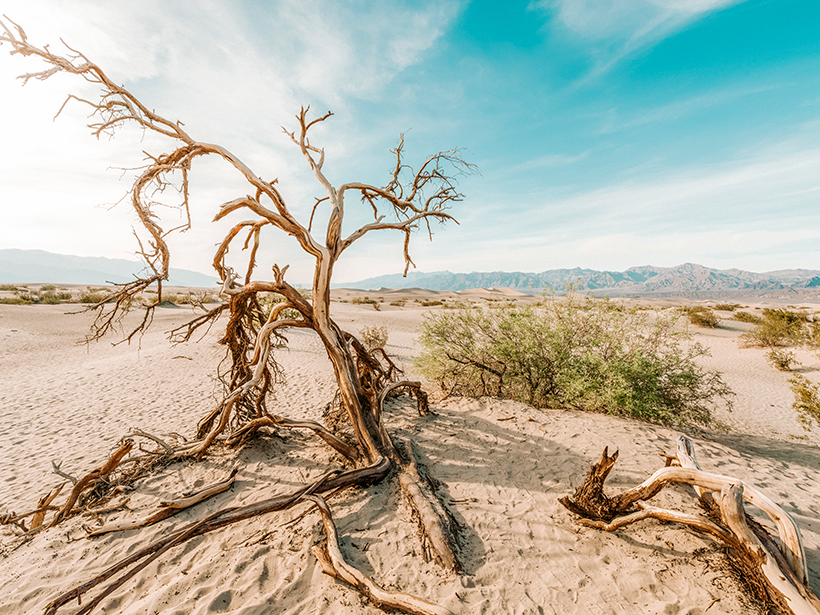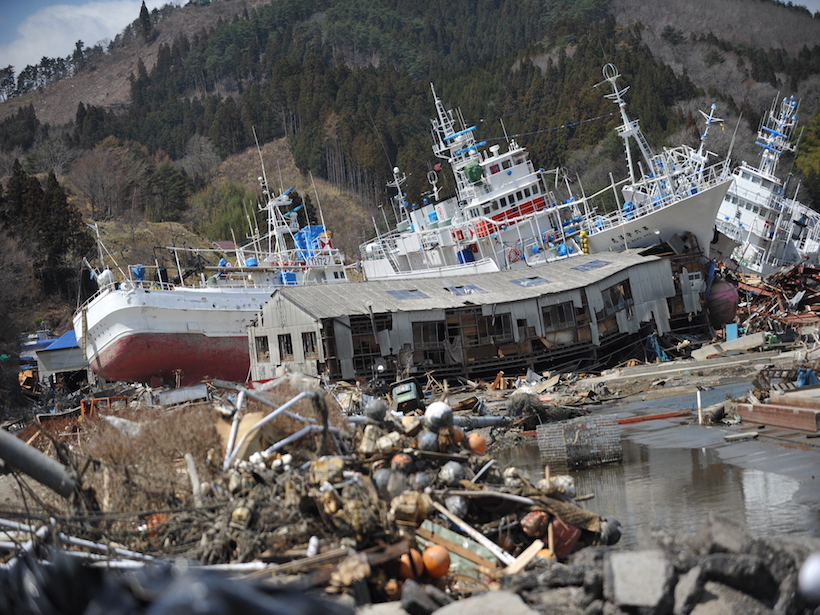This Halloween season, explore the connections between mythical monsters like Bigfoot and the Kraken and the creatures on which they’re based.
News
Global North Is Responsible for 92% of Excess Emissions
The United States and European Union bear disproportionate liability for emitting to the atmospheric commons, new research argues.
Urbanization, Agriculture, and Mining Threaten Brazilian Rivers
Harder to analyze and quantify, diffuse pollution is often overlooked when it comes to water quality assessments.
Wildfires Threaten West Coast’s Seismic Network
A dense seismic network keeps vigil over the western United States, sensing quakes soon after they begin so people nearby can brace themselves. How do wildfires affect these guardians of the West Coast?
Laike Mariam Asfaw (1945–2020)
An ambassador for African geosciences and for Ethiopia, this celebrated geophysicist will be remembered for his contributions in research as well as his steadfast support of colleagues.
The Legacy of Nitrogen Pollution
Researchers track decades of nitrogen inputs and uptake across the United States, highlighting the need for policy to address the legacy effects of this essential nutrient and pollutant.
Biggest Risk to Surface Water After a Wildfire? It’s Complicated
Whether you’re considering short-term or long-term changes to water quality after a wildfire, scientists agree that sedimentation is a big concern.
Winter Drought Relief Unlikely in Western U.S.
This year is still on track to be one of the hottest years on record around the globe.
How Infrastructure Standards Miss the Mark on Snowmelt
Nationwide, civil engineers consider precipitation values from NOAA to design their structures. But those values are missing another contributor to flood risk: snowmelt.
What Controls Giant Subduction Earthquakes?
Subduction zones with a low dipping angle and thick sediments can produce giant earthquakes; this finding lets researchers estimate worst-case scenarios for coastlines around the world.

